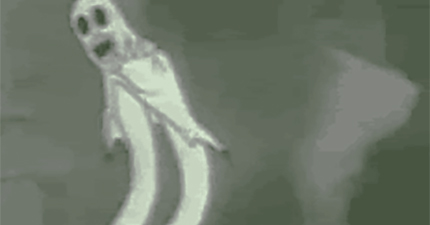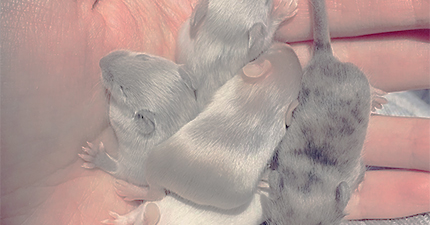A lot of people think that the western system of elements is similar to the Chinese five elemental processes because they share the three “elements” of earth, fire, and water, but it’s actually two completely different systems. While the western four elements come from the Kabbalah and are used to describe the twelve zodiac signs, the Chinese elemental processes, or wuxin (which translates to five stars or planets) actually correspond to the five planets Mercury, Venus, Mars, Jupiter, and Saturn. The Chinese five elements, on closer look, are not elements at all but related to movement. They represent five life processes.
The Chinese word for water is 水 (shui) and Mercury is 水星 or water planet.
Venus is 金星, or gold-planet, and gold is 金 (jin).
Mars (火星 or fire-planet) is related to fire (火, romanized huo).
Jupiter is wood-planet, 木星, and wood is 木 (mu).
Lastly, Saturn is earth-planet, 土星, and earth is 木 (tu).

Of course, these are not neat translations. Jin is not merely gold but any manmade metal, including silver and copper and iron, which all have different uses. Thus, jin is not used the metal that the crown authorizes to be used in monetary exchanges but also the metal that cuts into wood and the human body. It is the manufactured product.
Likewise, tu is not only the earth that is the land itself but has another connotation. Where jin is an elevated metal and all associations bring an air of prestige, tu is associated with lowly matter. It is matter which is basic, barbarian, or low and, even in present day slang, to call someone tu is to talk about their unsophistication and how unrefined they are. This unrefined type of matter is central to all of the life processes.
Mu, translated as wood, isn’t just the wood of trees but all matter that grows automatically. It represents the entirety of vegetation, which provides all life forms raw energy. Mu, then, isn’t just wood but pliable and spontaneous matter. It is the body of life itself.
Lastly, we have huo, or fire, and shui, or water. These are the fluid life processes that impact matter but are not represented by matter. While the other three processes are talking about matter, fire and water are talking about rhythm. Huo is not only fire but light, vibration, and any warm energy. Shui is not just water but also darkness, gravitation, and any earth centric energy. While the three other life processes, which refer to matter, hover in a horizontal line representing the earth, both huo and shui are above and below the earth.
There’s also another order in which we can look at these five life processes or planets in. Each element has an element that it oppresses and another element that it is oppressed by. Staring with fire, it oppresses gold because it is able to melt gold down but is oppressed by water, which is able to extinguish its flames. Water is oppressed by earth because earth draws from water. Earth, which oppresses water, is oppressed by wood because life matter uses earth energy to bring itself into existence. It is oppressed by metal which cuts down wood.

Thus, by replacing the life processes with the corresponding planets, we can say that:
Mars is oppressed by Mercury but oppresses Venus.
Mercury oppresses Mars but is oppressed by Saturn.
Saturn, oppressing Mercury, is oppressed by Jupiter.
Jupiter, oppressed by Venus, oppresses Saturn.
Keep in mind that, when referring to this map that it’s important to keep western treatments of the planets (such as planetary joys, daytime and nighttime planets, etc) out of your understanding of this system if you want to understand it fully. While rulerships do have basis in Chinese feng shui, it is used as a navigation device only.


